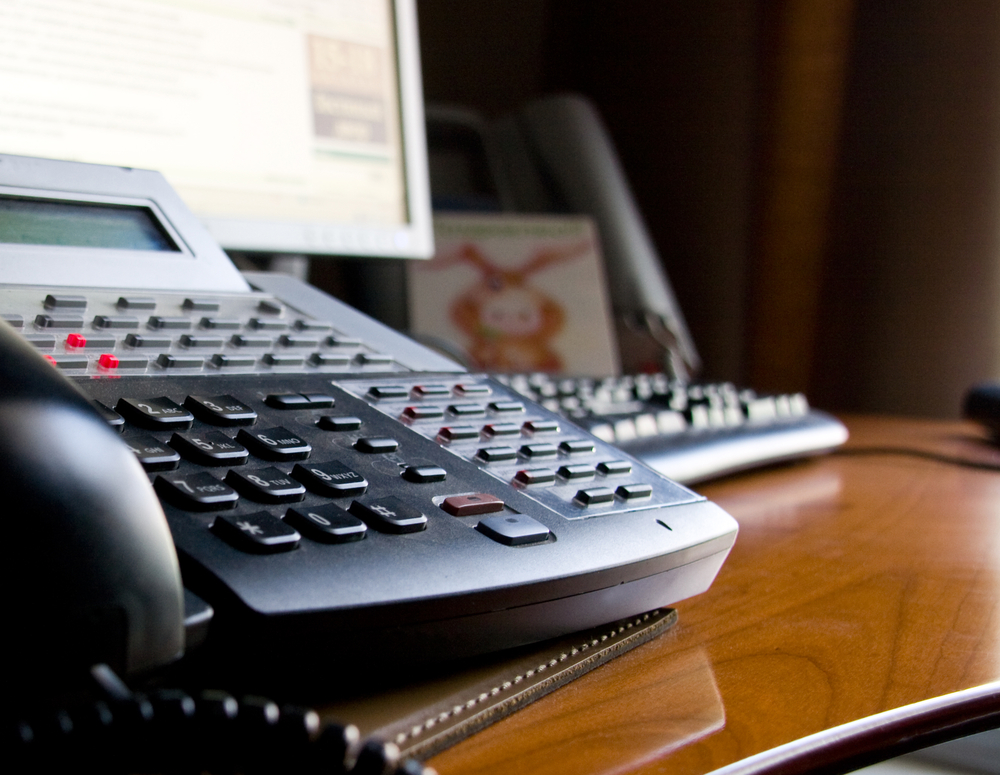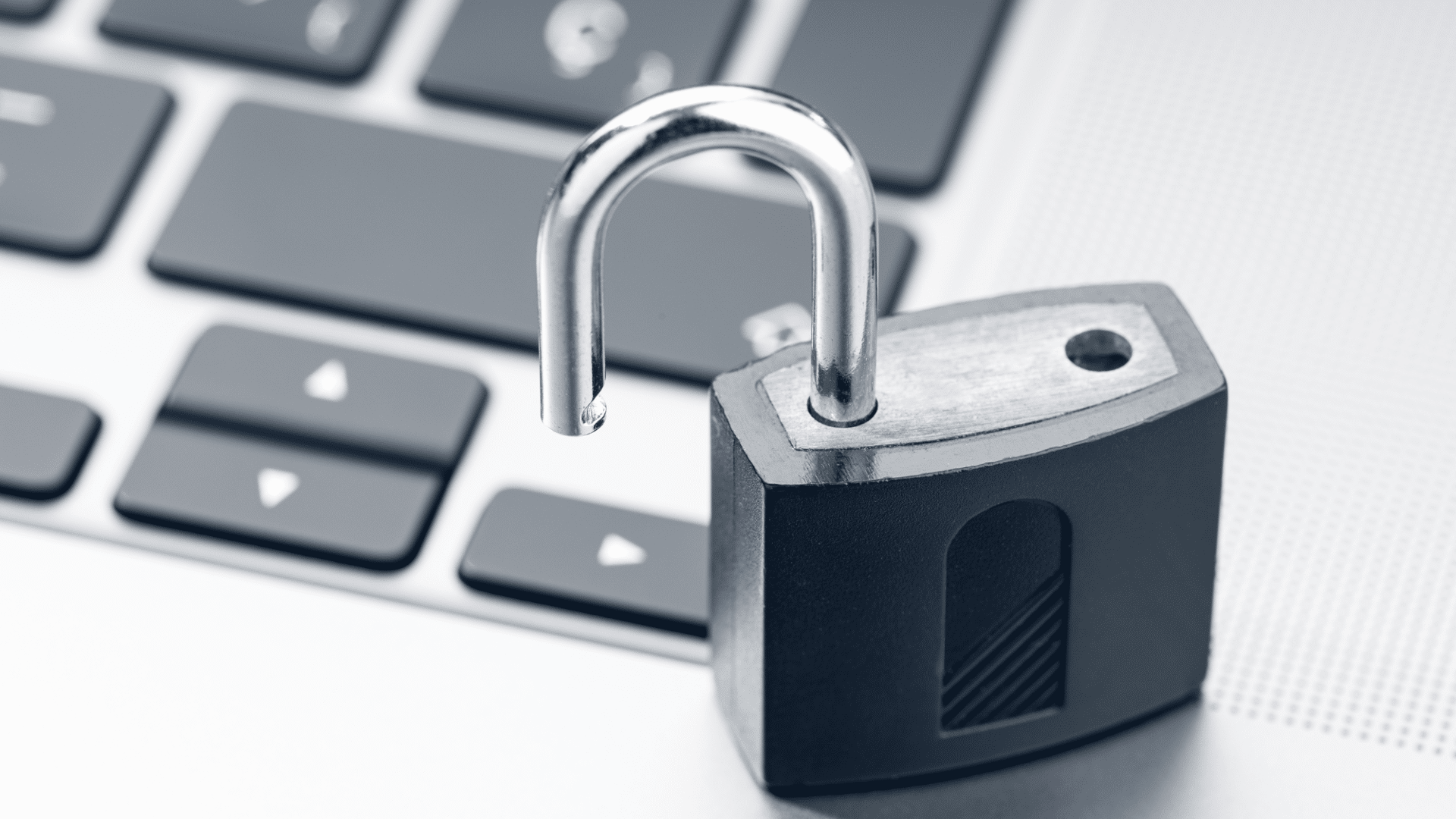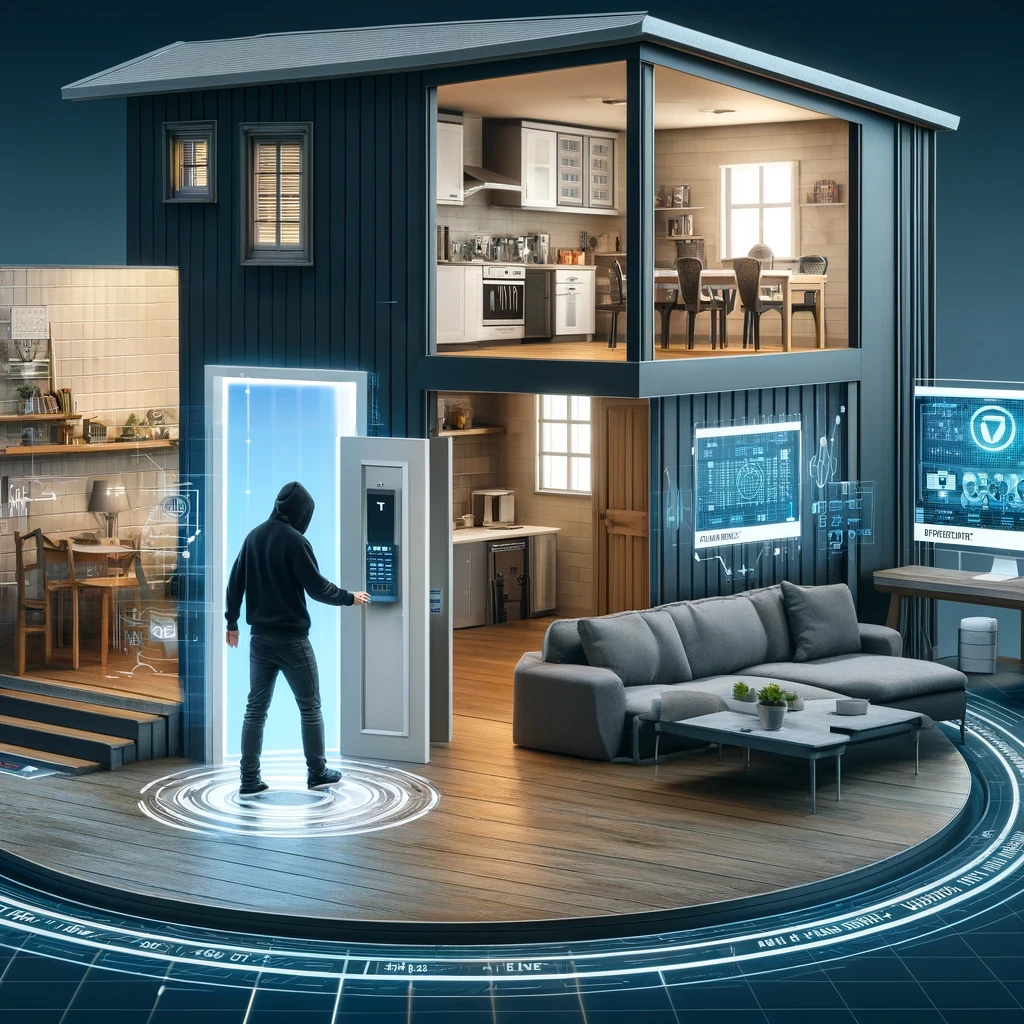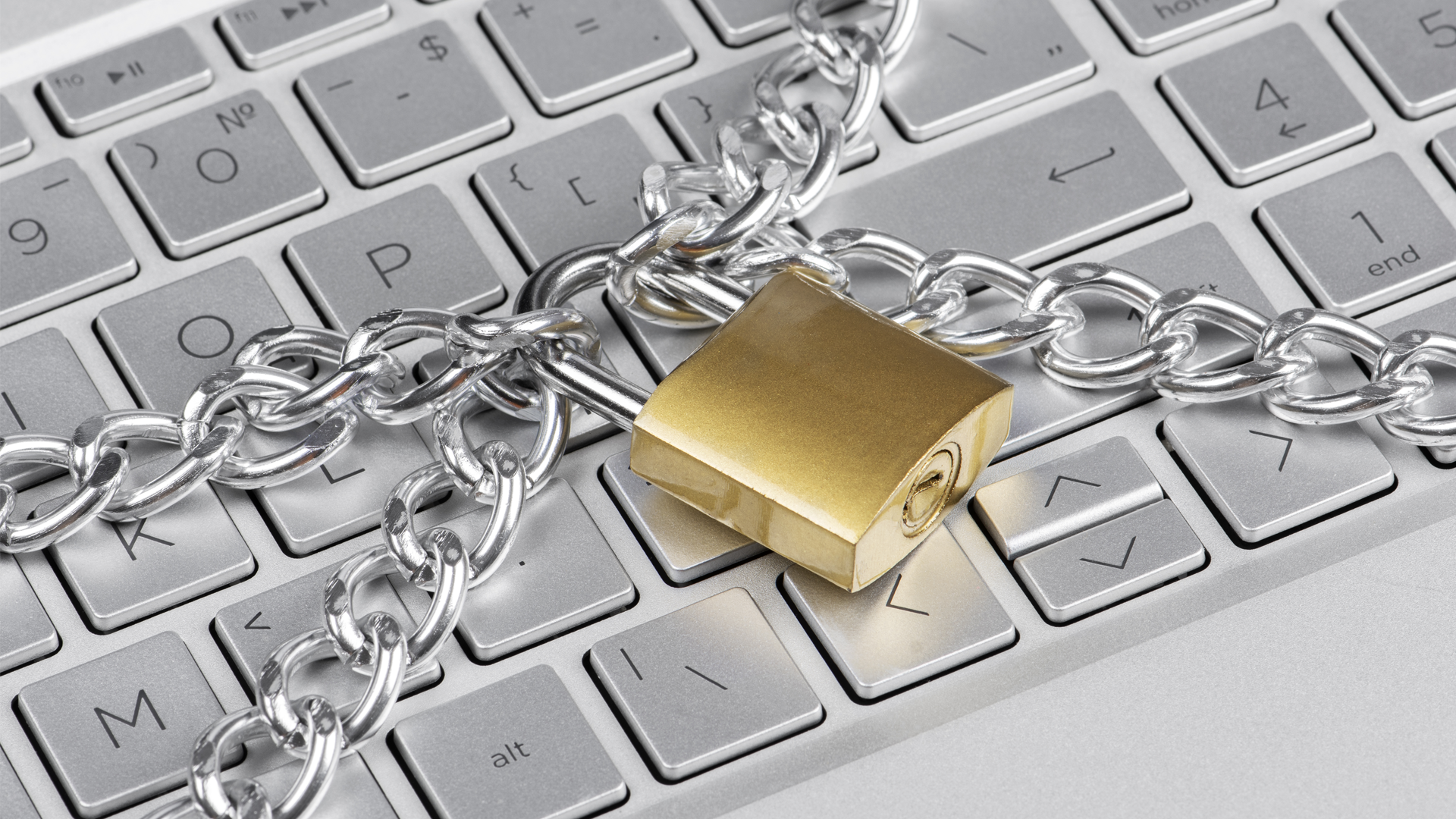A home network is becoming more and more essential as we become increasingly reliant on the internet. A home network allows us to connect our computers, tablets, and phones to the internet and to each other. But what happens when we don’t take the proper precautions to secure our home network?
There are many ways on how to secure a network, but finding the right method for your home network can take time and effort. If you are looking for the best network security, there are some tips and tricks that you should know, as well as what are the best practices on how to secure a home network and personal data. This article will also provide some tips on how to setup a secure network in your home.
One of the first things you should do is change the default password for your router. Many people don’t realize that their router comes with a pre-set password that is easily guessed by hackers. Be sure to change the password to something that is strong and unique.
Changing the default password makes it more difficult for hackers to gain access to your router. To change the password, log into your router’s settings page and look for the “password” or “security” section. Enter a new password that is strong and unique.
A strong password is at least 8 characters long and includes a mix of uppercase and lowercase letters, numbers, and symbols. Avoid using easily guessed words like “password” or easily accessible personal information like your birthdate. Also, avoid using the same password for different accounts like email or social media accounts because it makes it easier for hackers to hack into all of them together if one of those accounts gets compromised by them.
Encryption is another great way to make sure your home network is secure. When you encrypt data, it’s turned into code that can only be decoded by someone with the key. Many routers have built-in encryption capabilities, or you can download third-party software to do it.
WPA2 is the most recent and most secure type of wireless encryption, so it’s important to use it if you want to keep your data safe from hackers. To enable WPA2 encryption, log into your router’s settings page and look for the “wireless” or “security” settings. Once you’ve found the appropriate setting, select WPA2 from the list of options and enter a strong password.
Another way to protect your home network is to use a VPN service. When you connect to the internet, you’re vulnerable to attacks from hackers, viruses, and other threats. Using a virtual private network (VPN) can help you protect yourself from these dangers by creating an encrypted connection between your device and the internet.
A VPN encrypts all of the traffic between your devices and the VPN server. This makes it much more difficult for hackers to intercept and steal your data. There are many different VPN services available, so be sure to do some research to find one that best meets your needs.
Router manufacturers regularly release updates that patch security holes and improve performance. Make sure you’re using the latest version of your router’s firmware by periodically checking the manufacturer’s website.
Firmware is the software that runs on your router. Like any software, it needs to be updated regularly to keep pace with changes in technology and security threats. Many routers have an automatic update feature; if yours doesn’t, check the website of your router’s manufacturer periodically for firmware updates that you can download and install manually.
Firewall is a piece of software that helps to protect your network from attacks by blocking incoming traffic that it deems to be unsafe. Most routers come with a built-in firewall, but it’s always a good idea to install a separate software firewall on each of your devices as well.
A firewall is an important part of any security plan, but it can only do so much on its own. If you want to ensure that your home network is secure, you need to make sure that your firewall is up to date and functioning properly. If you don’t have one yet, now is the time to get one!
Even if you do have a firewall, it will only protect you from attacks coming from outside sources—not from inside ones. You need to monitor your activity logs regularly because they will show you what programs are running on your computer at any given time. This can help prevent malware from spreading throughout your system and giving hackers access to private information like credit card numbers and social security numbers. Make sure to report any suspicious activity to your ISP or law enforcement officials.
Conclusion
Taking some time now to know how to secure your home network can save you a lot of headaches down the road. By following these simple tips, you can help keep hackers at bay and keep your family safe while they’re online. If you need further help securing your home network, contact +1-844-340-5060 and speak with one of our professional technicians today.
Do you have any other tips for securing a home network? Let us know in the comments below!







